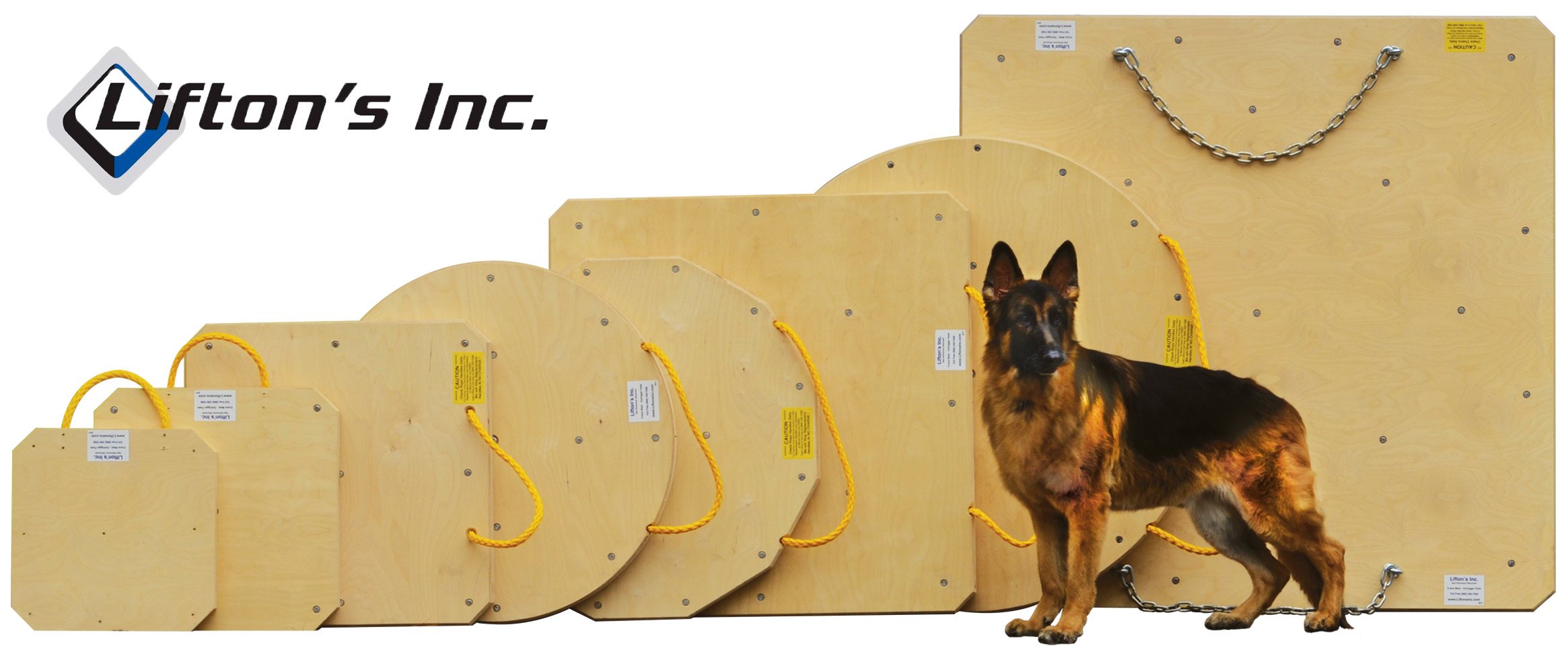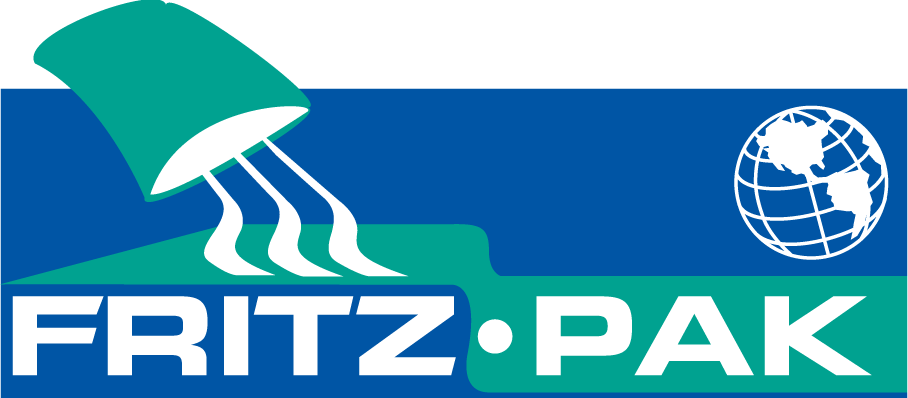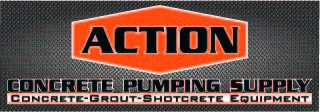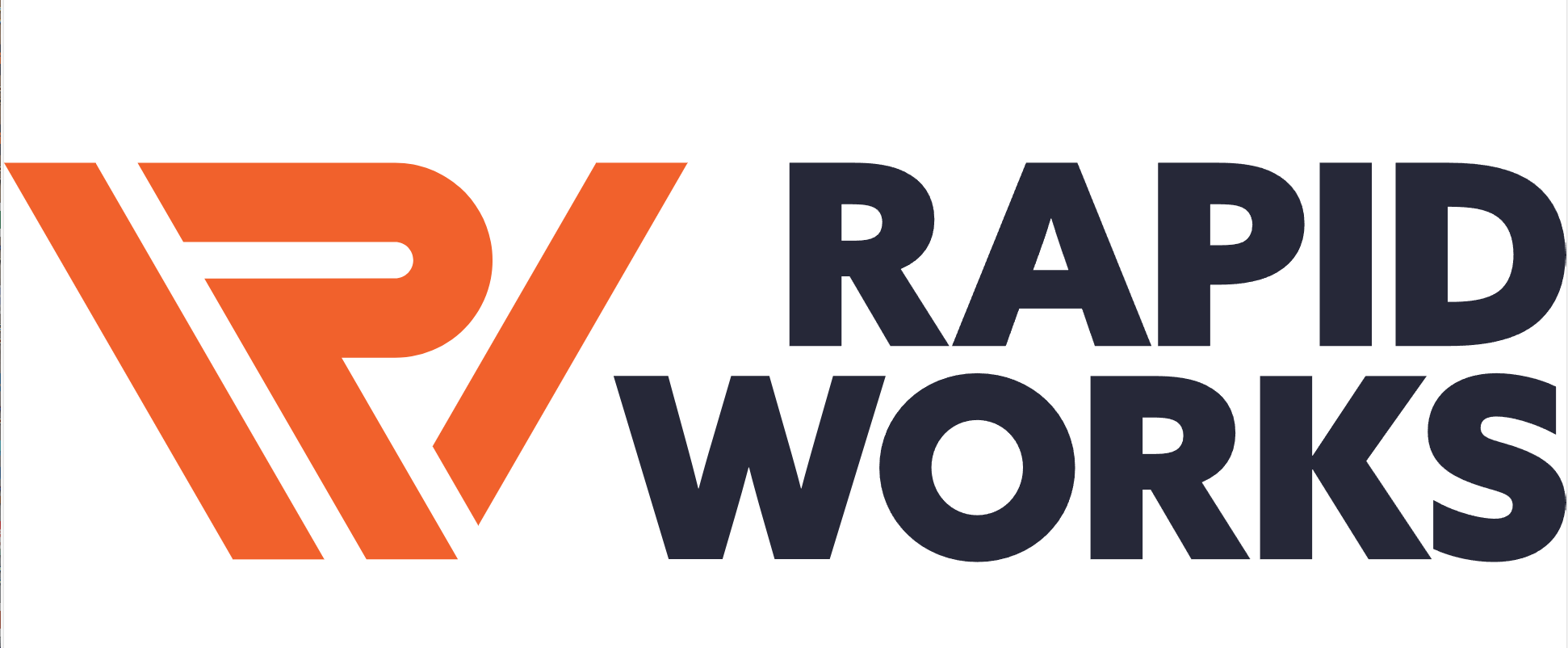CONCRETE PUMP MANUFACTURERS ASSOCIATION 2004
“To formalize the guideline for the design, manufacture, testing, safe use, inspection and maintenance of concrete pumps for the North American market.”
“The CPMA was organized not only to establish industry safety standards, but to promote those minimum standards to the extent that they become regulation,” says CPMA President Tom Anderson, also President of Schwing America, Inc. “By familiarizing concrete pump owners and operators with the CPMA, we hope the industry recognizes the importance of purchasing equipment that complies with our safety standards.”
The CPMA consists of ten members, all U.S.-based manufacturers of concrete pumps and accessories. Their duties include setting minimum safety standards for North American manufacturers. The association was incorporated in 2000, and according to some members, the organization of the CPMA was a long time coming.
“The concrete pumping industry is young. It has been a presence in North America for only 30 years,” says Ian Tober, Vice President of Marketing with Olin Engineering, Inc. “But consider the fact that the industry went without manufacturer guidelines for around 25 of those 30 years. The organization of the CPMA was way past due, and a necessary step in producing much safer products.”
Jeff Pool, President of Allentown Equipment: “It was important that the CPMA be organized before the government became involved in the standardization of concrete pumps. The members of CPMA are not only engineers and manufacturers of the equipment, but some of us have field experience. Considering our technical expertise from the American Society of Mechanical Engineers and our knowledge of the product, we’re very well represented.”
CPMA’s involvement with other organizations is also a vital part of keeping the communication lines open between those dedicated to the continuing improvement of concrete pumping equipment. Along with the American Society of Mechanical Engineers (ASME), the CPMA also works with the American Concrete Contractors Association (ACCA), the National Ready Mix Concrete Association (NRMCA), the Truck Mixer Manufacturers Bureau (TMMB) and other committees. “We are a task force,” says Soubhi Naddaf, President of CPMA member Pumpstar, “During our meetings, we address the needs and concerns of everyone who is not only a part of, but affected by our industry.”
The CPMA conducts meetings several times a year.. “We debate the issues and work on a consensus basis,” says Naddaf. “The implementation and enactment of these safety standards is important. Each and every member must utilize their background and their technical expertise to agree on what is best for the manufacturer and the end user when it comes to safety.”
Topics of discussion include safe operation of pumping equipment in hazardous surroundings, such as power lines or rough terrain. There are lengthy discussions involving the language of safety decals and literature. The association is also proposing auditing processes and compliance certificates for those pumping companies who meet CPMA standards. The group also considers suggestions submitted to the Industry Standards Committee.
This committee is responsible for the publication and distribution of the Industry Safety Standard that outlines proper construction, installation, operation, inspection, and maintenance of concrete pumps and accessories. The standard serves as a guide to governmental authorities, manufacturers, and purchasers of the equipment. Major revisions are noted and a current version is published when the committee agrees that changes should be made. In addition to the standards, the CPMA produces videos and safety bulletins.
Barry Morgan, General Manager of the North and South American markets for Esser Twin Pipes, LLC: “We spend 90 percent of our time working on safety; it is the main reason for the existence of the CPMA. I’m personally proud to be a charter member of the organization. It’s an important investment in our industry.”
Jim Bury, Engineering Manager with Putzmeister, said there are three main benefits to the CPMA. “One, the safety decals are standardized. No matter whose pump you operate, the colors, wording and illustrations are the same. Two, the minimum safety specifications for manufacturers are uniform. No matter which pump is being operated, those safety requirements are implemented. And lastly, the CPMA keeps the communication open among all the members, even the most famed competitors. We address these issues and agree upon improvements by consensus.”
The standardization of the safety decals, manufacturer specifications and literature is also helpful when a problem escalates to litigation. “We all speak the same language when it comes to safety,” says CPMA President Tom Anderson.











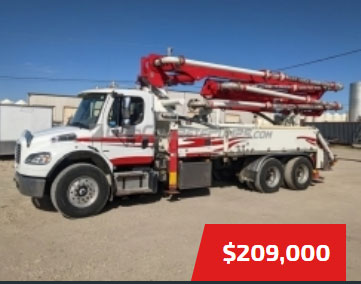




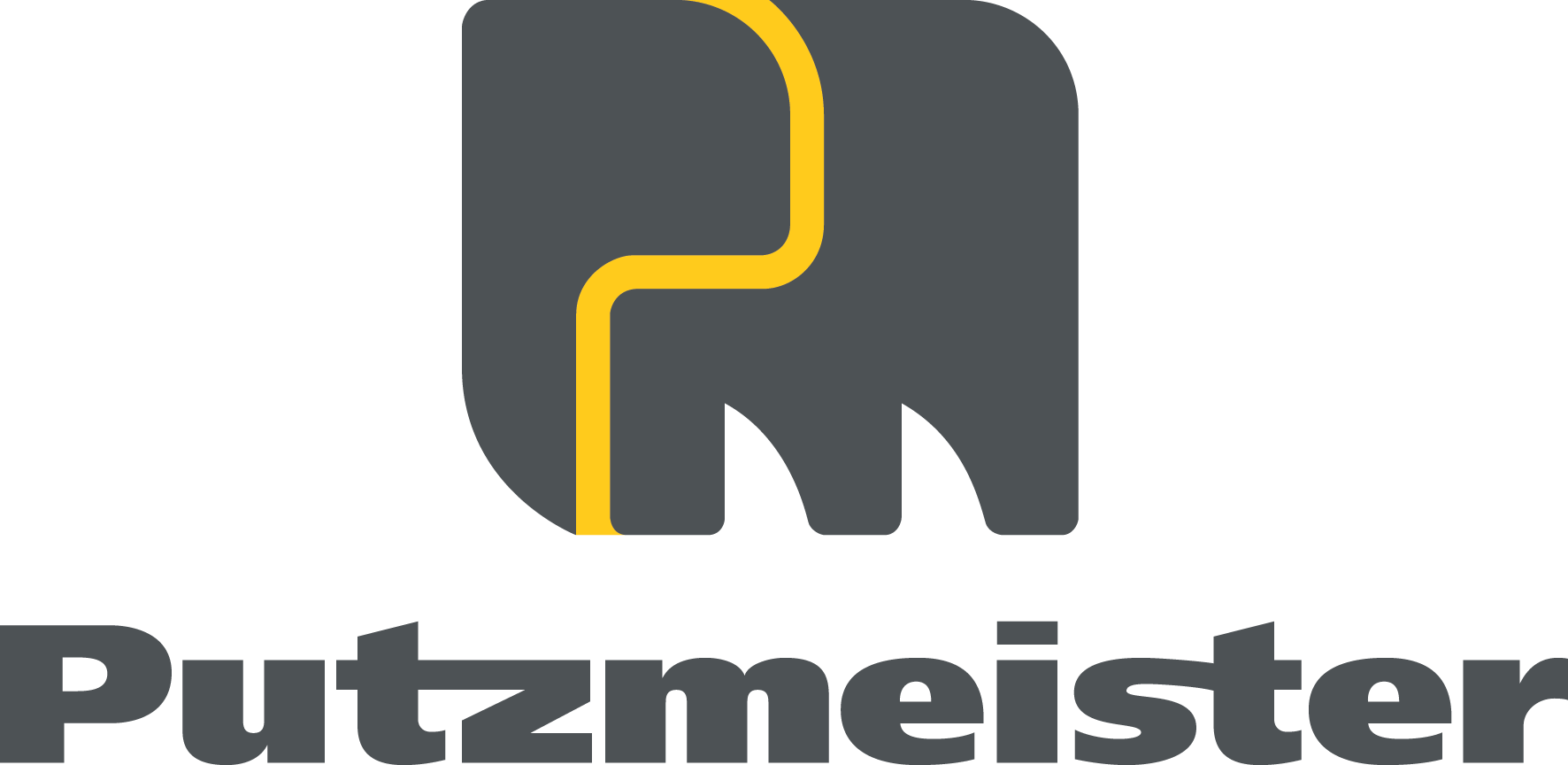



.jpg)
.gif)

.jpg)









.jpg)
